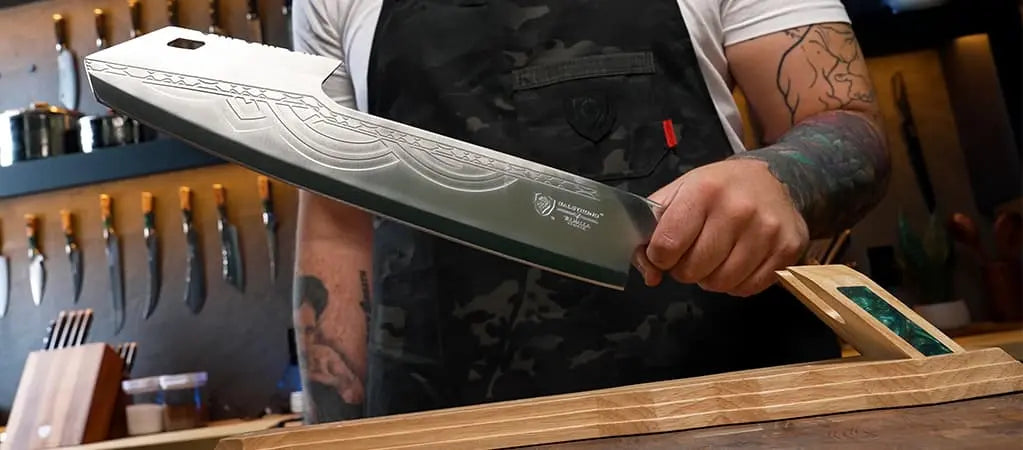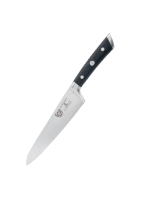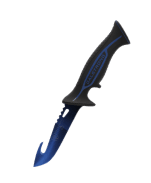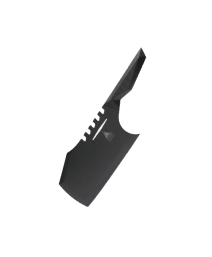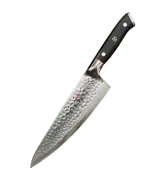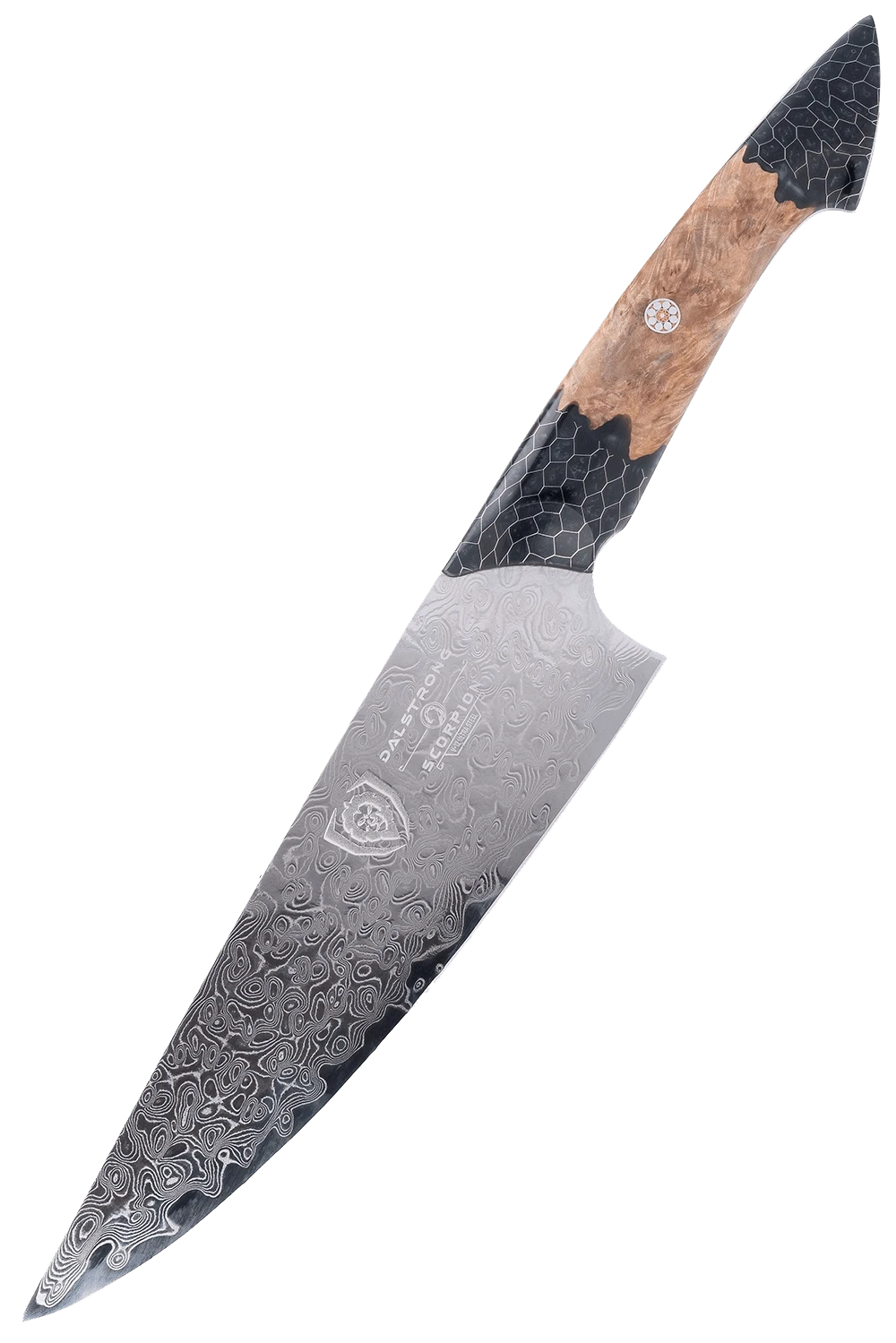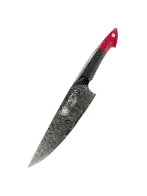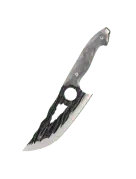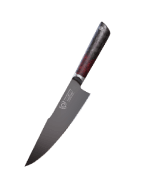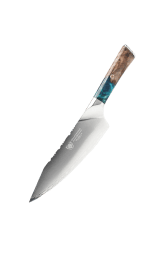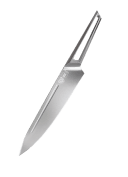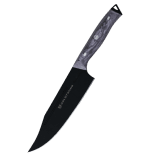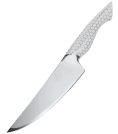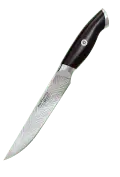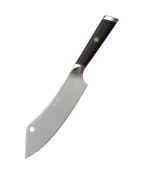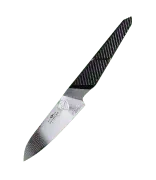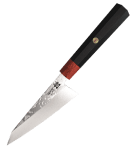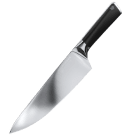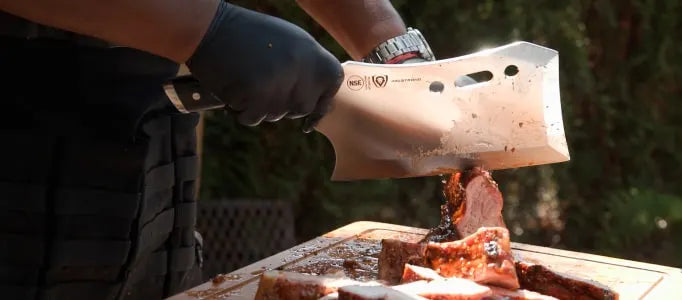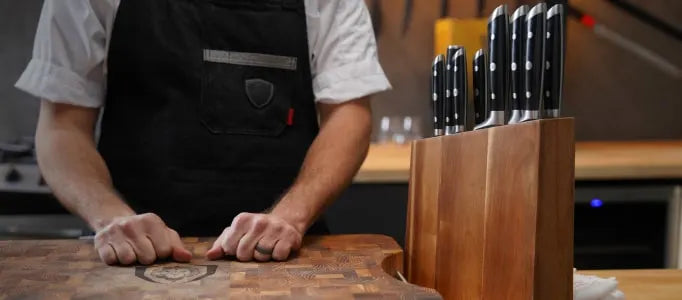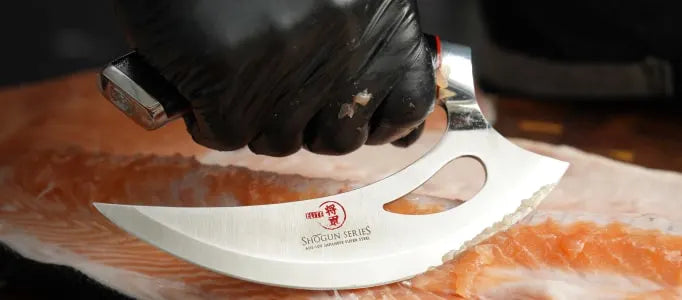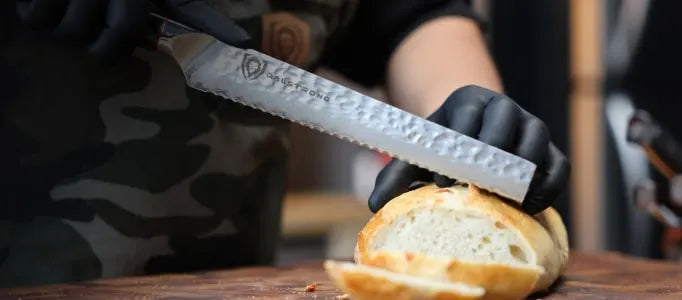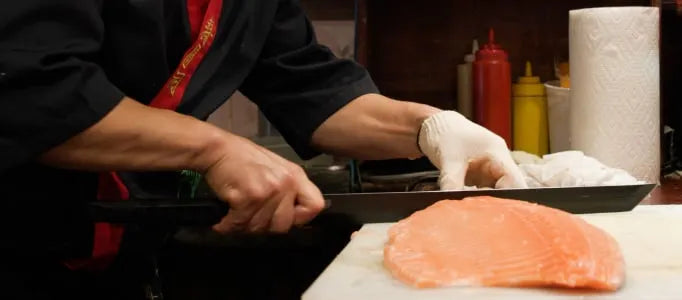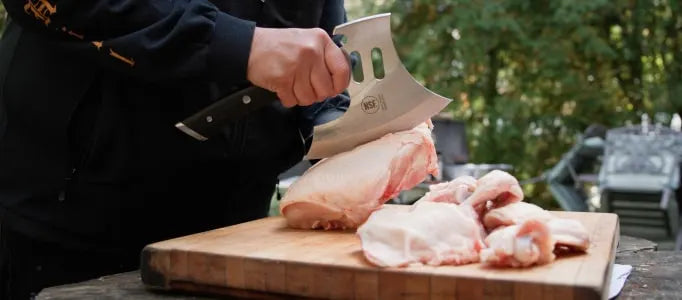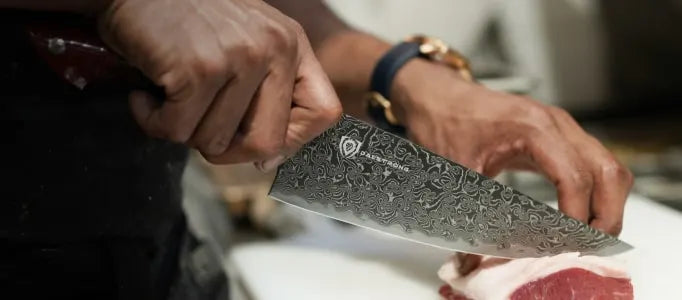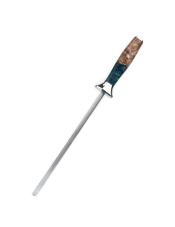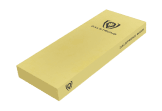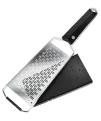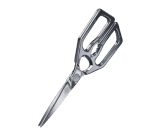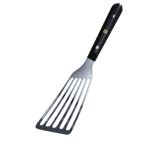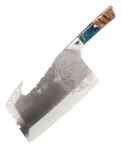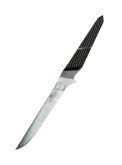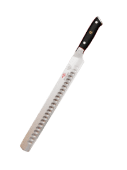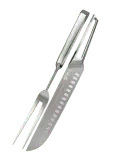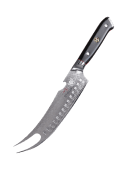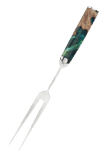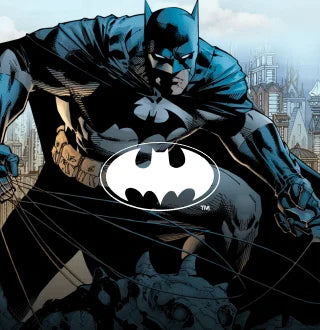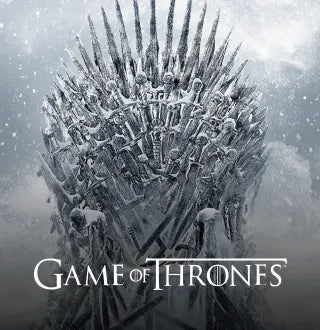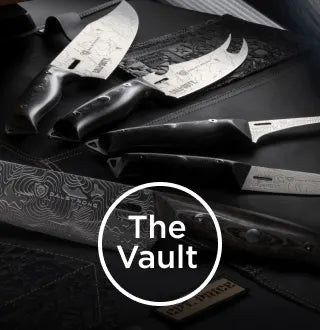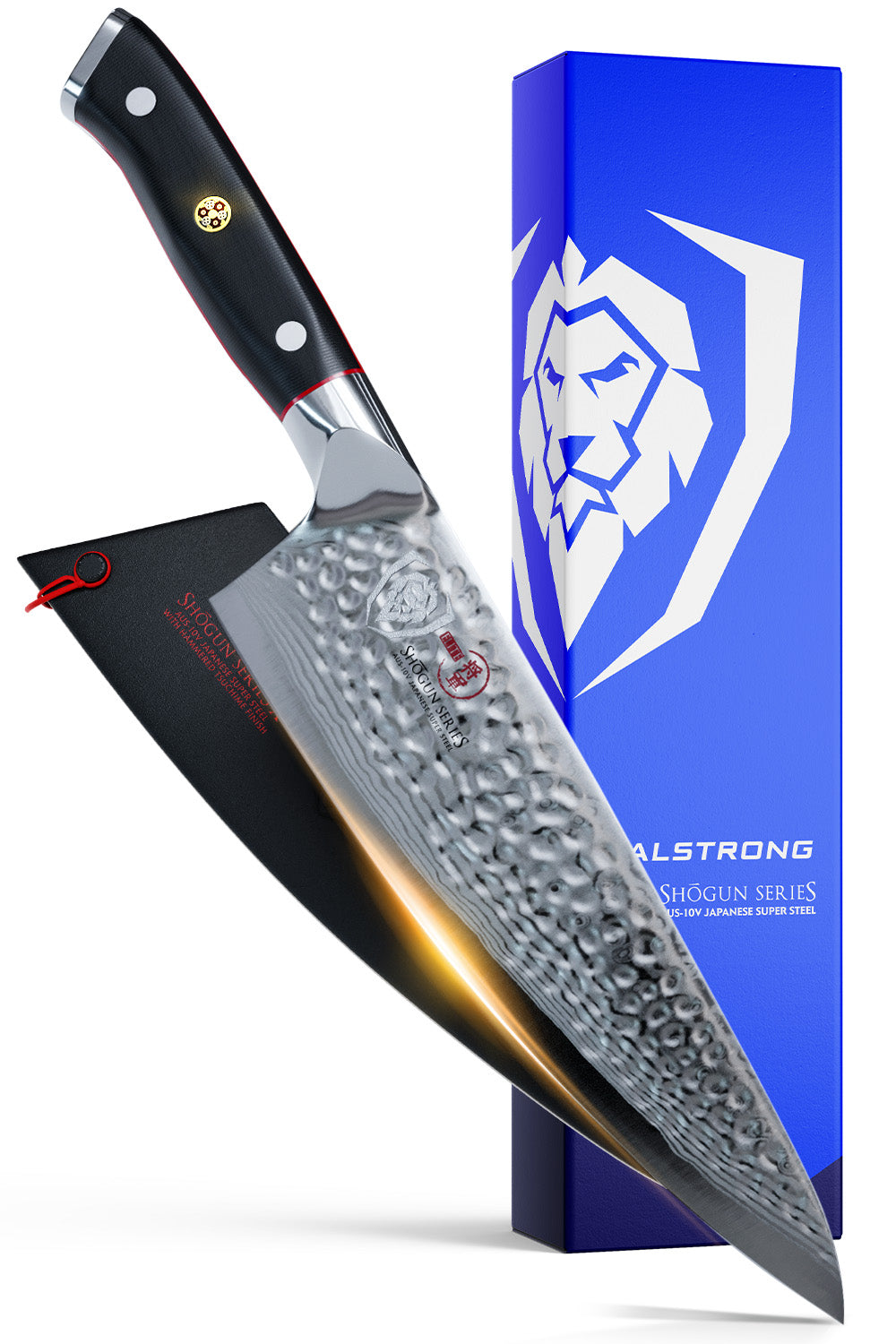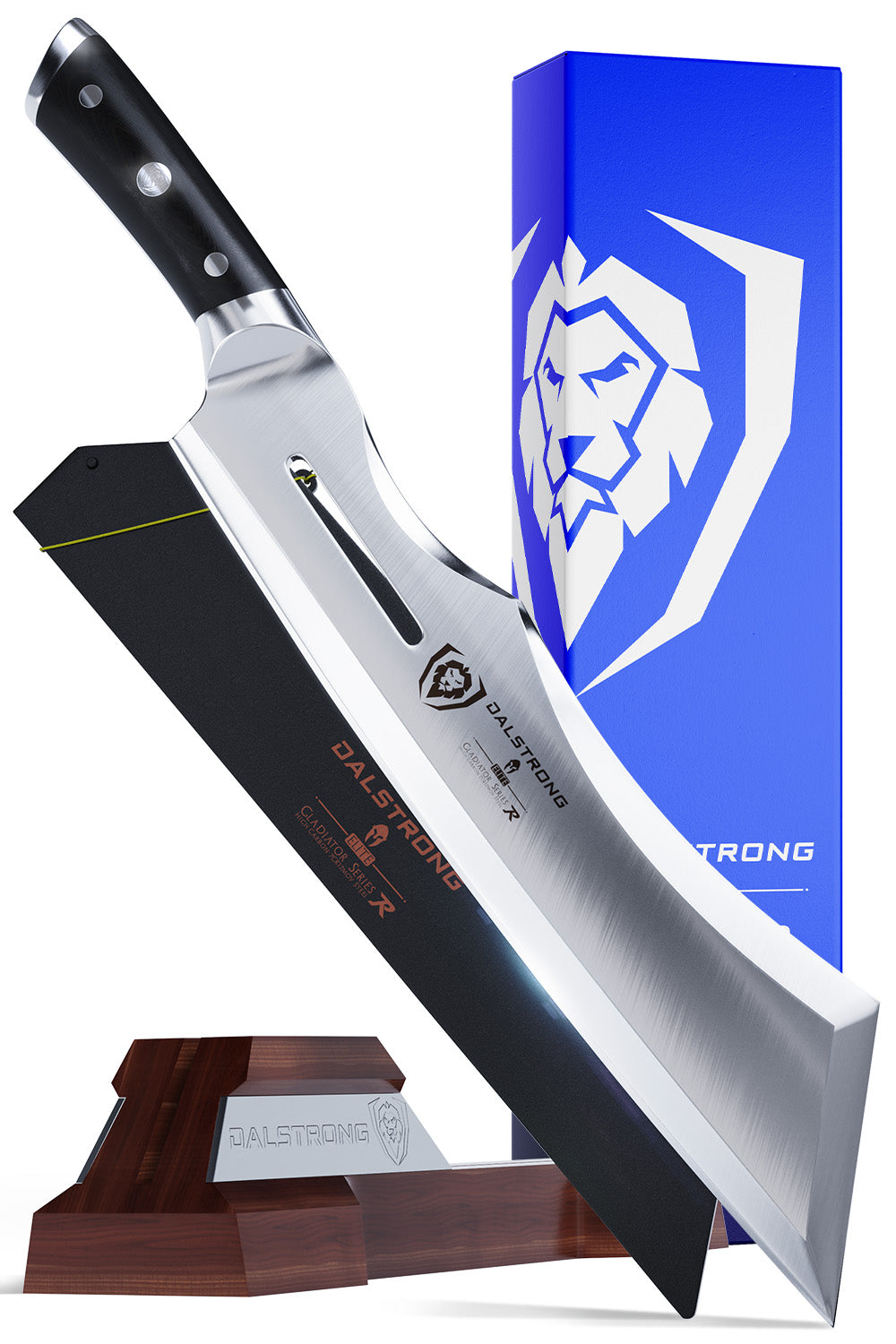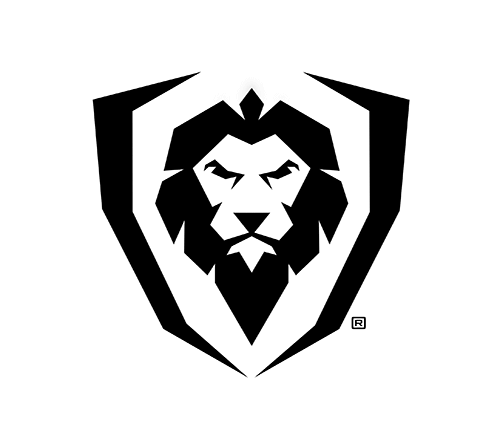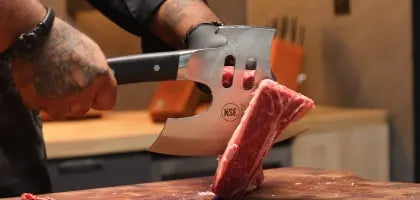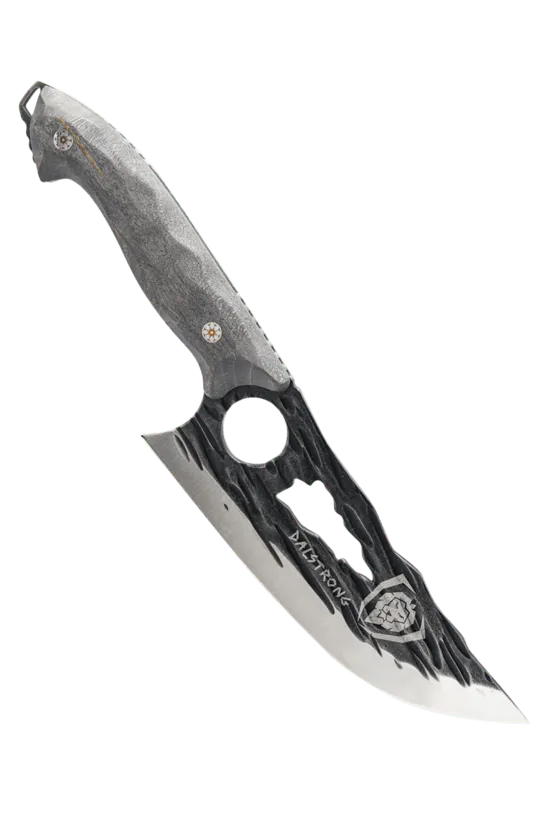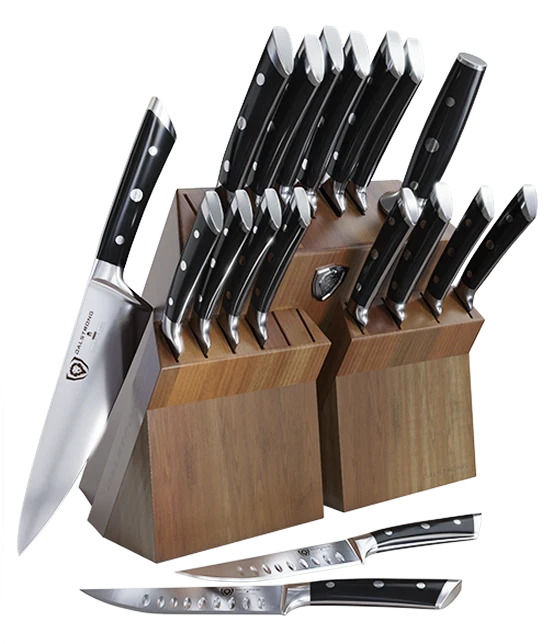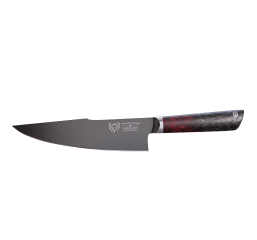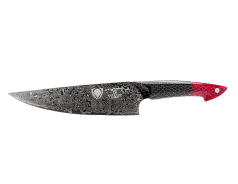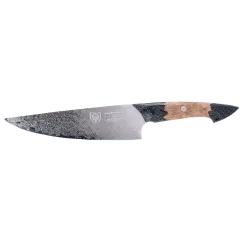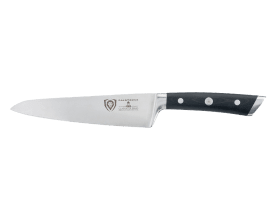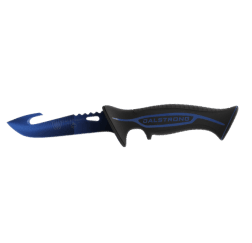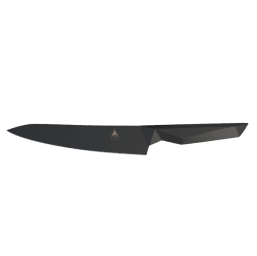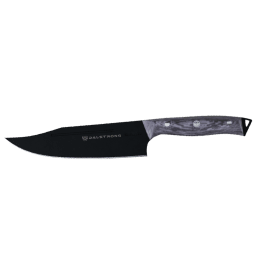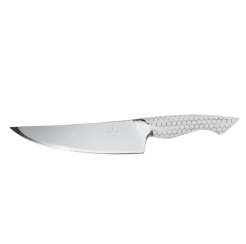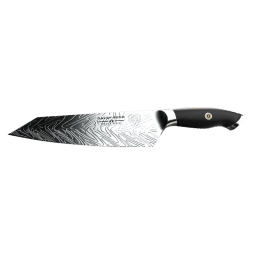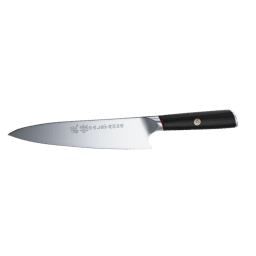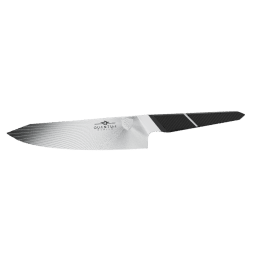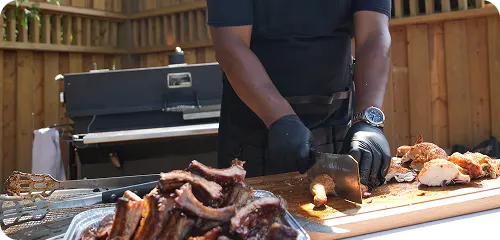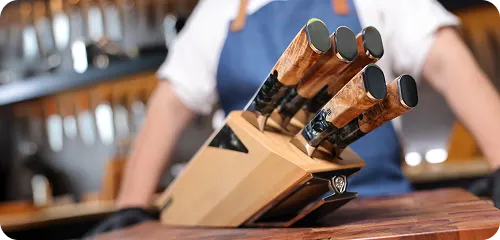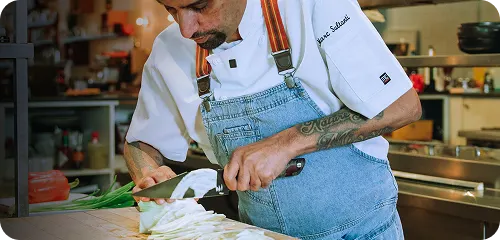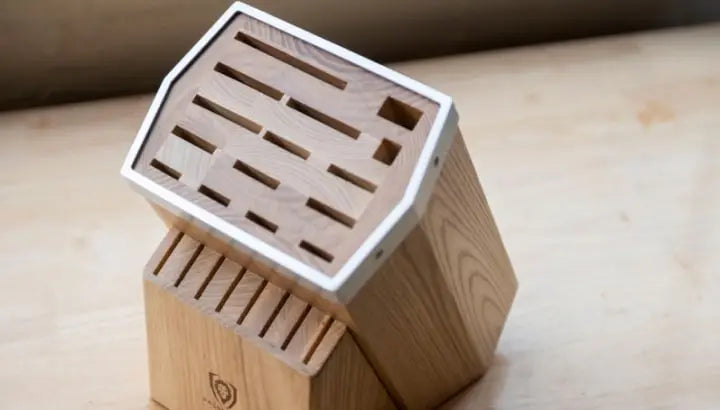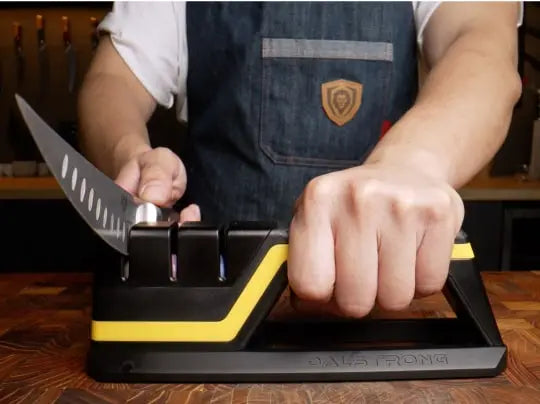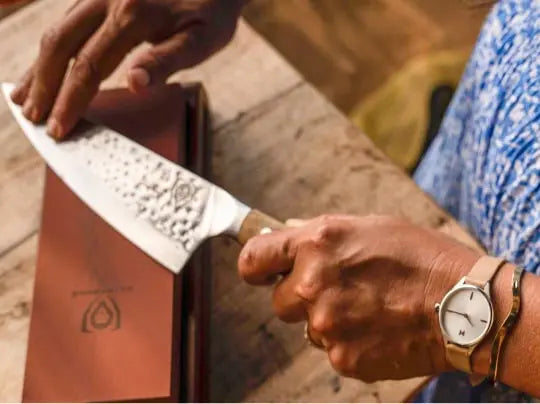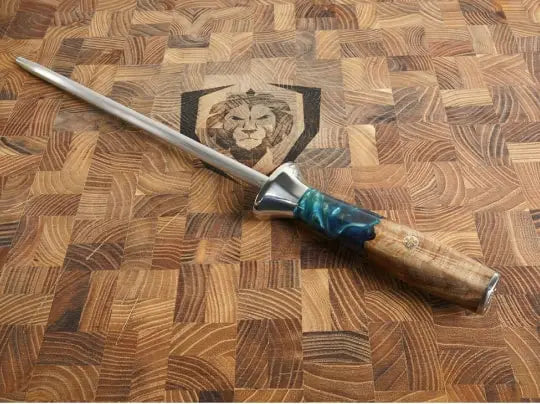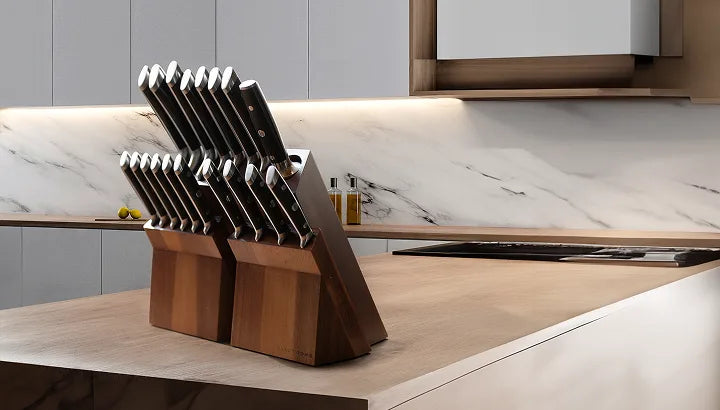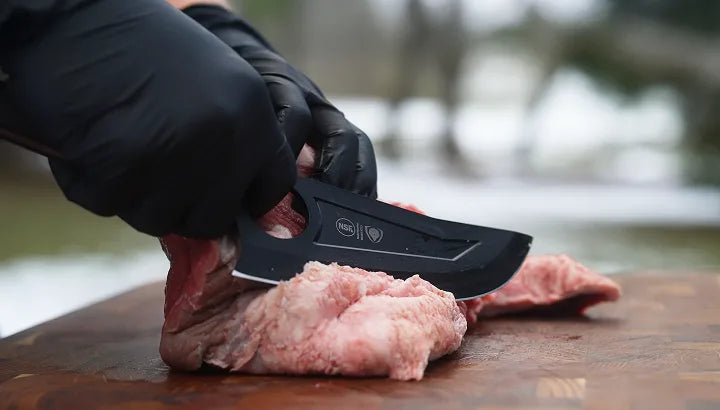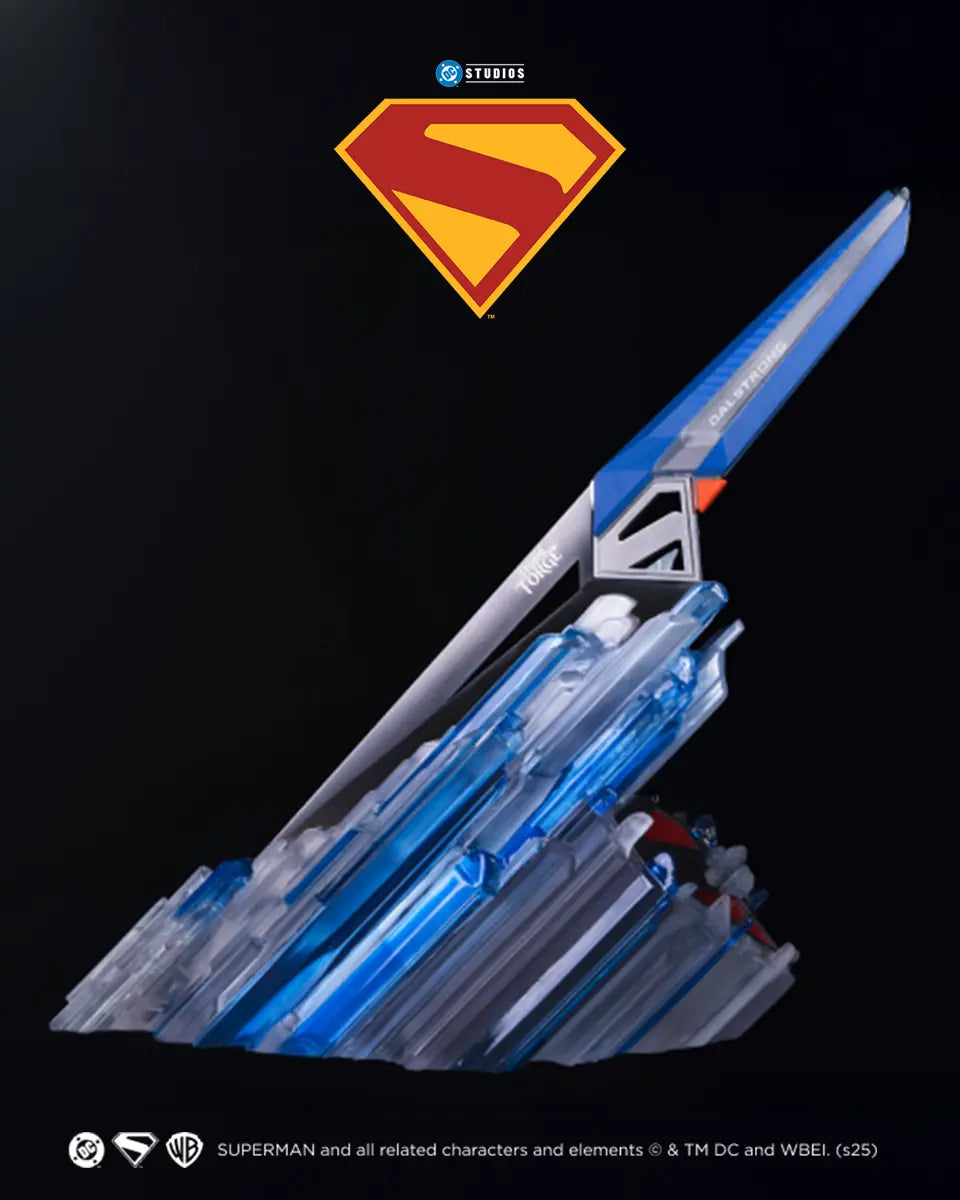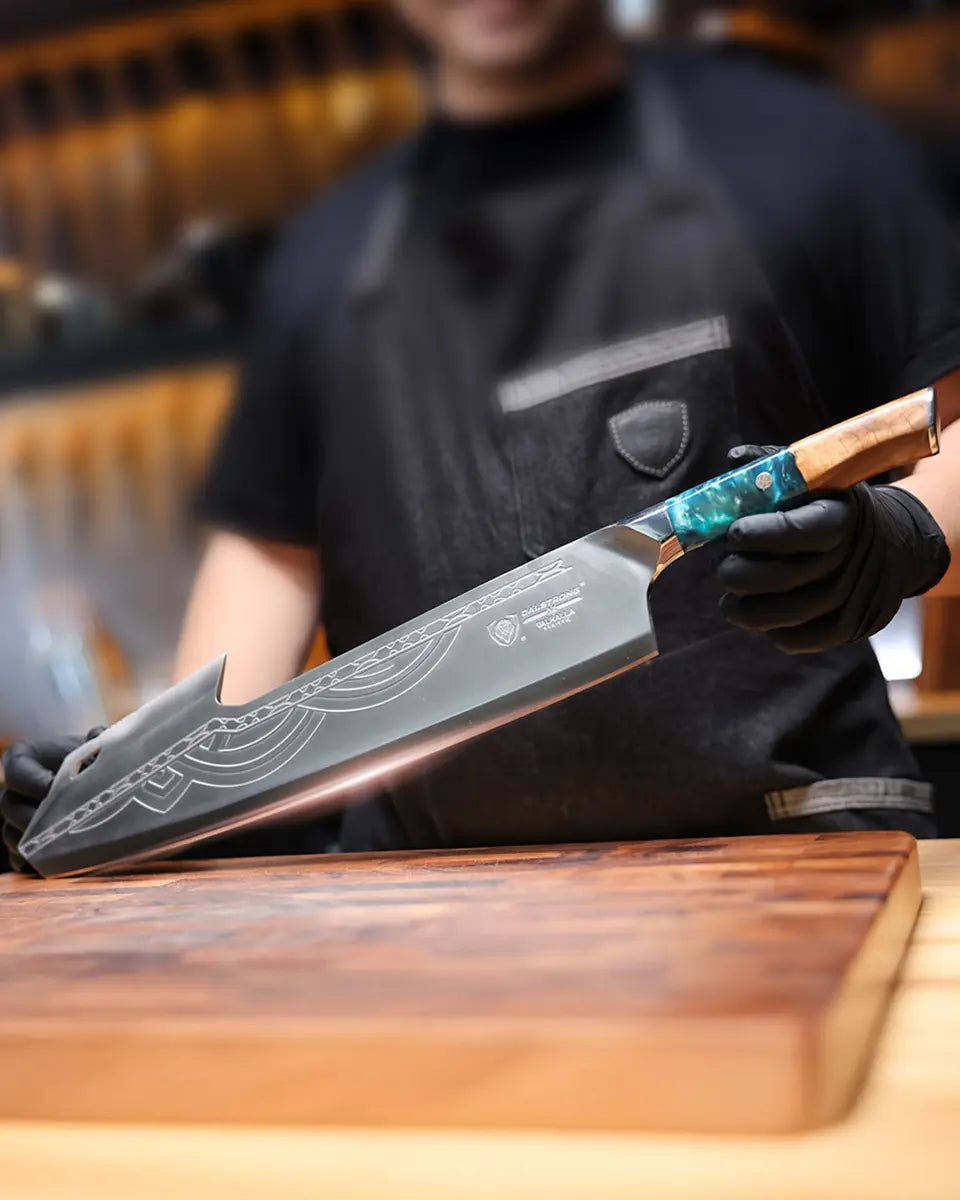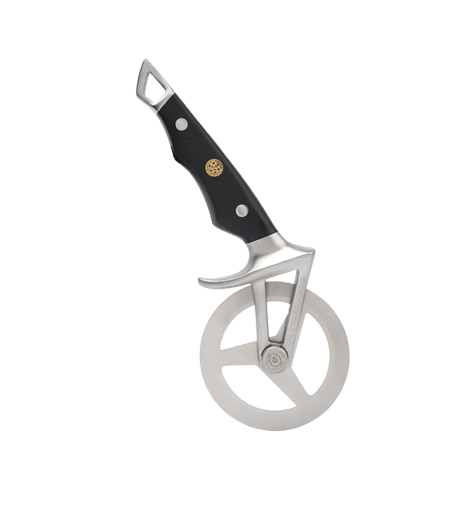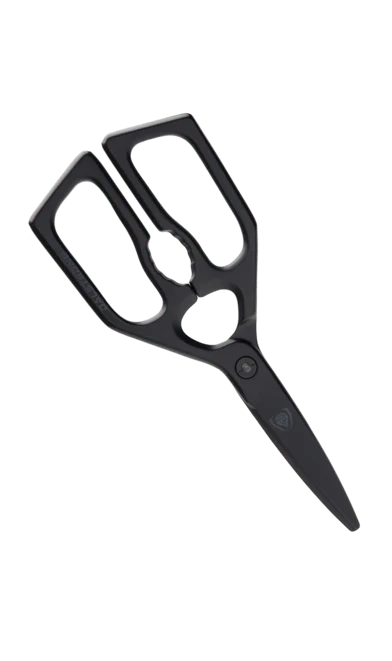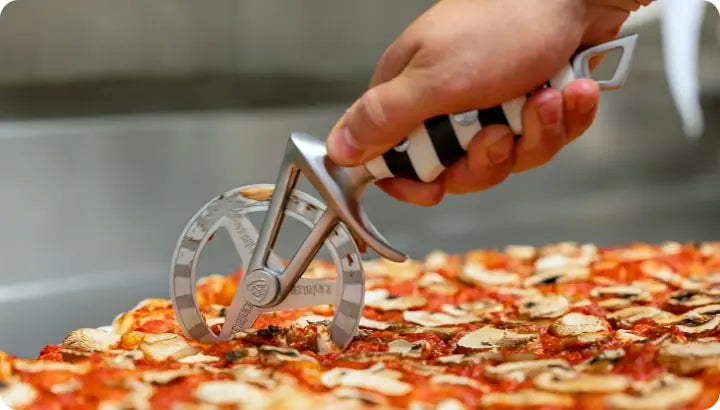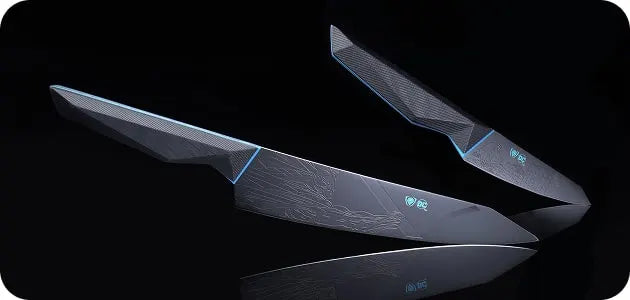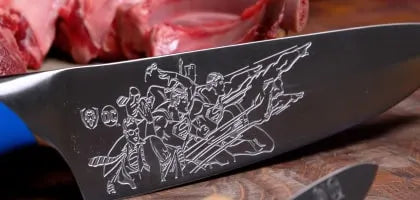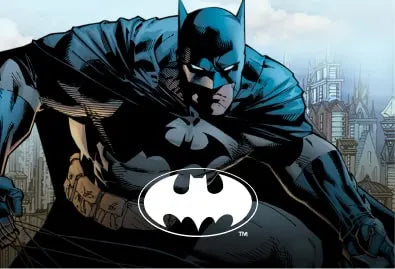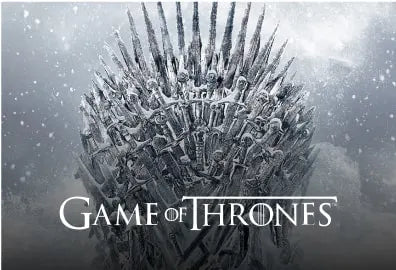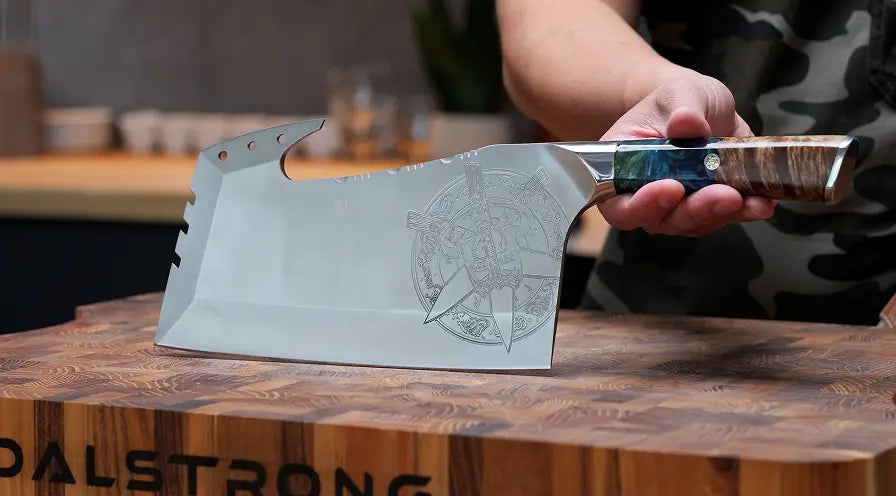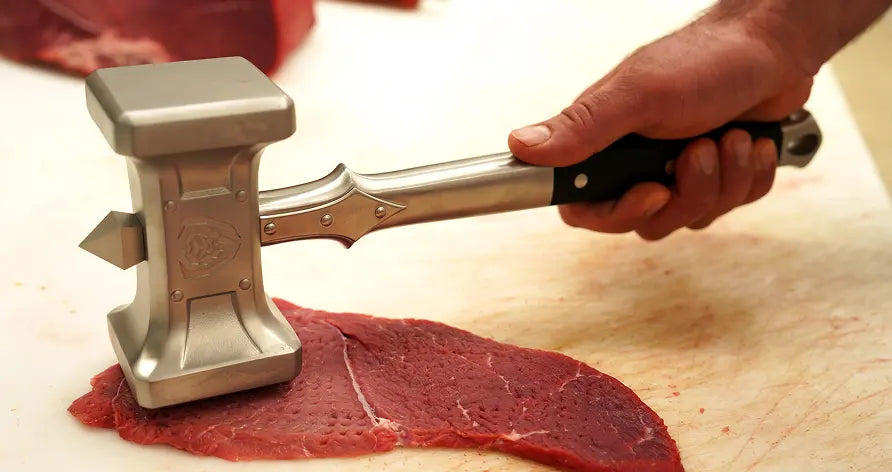
When trying to decide which knife is best for you; it’s likely you'll stumble upon these two names during your research: Dalstrong and Zwilling.
These two brands are excellent choices but which one works best for you will depend entirely on what you like, need and want. Not only can we name a few differences in terms of their products (materials, manufacturing, prices) but the philosophies behind the brands are also different and deserve to be understood.
Let us get a closer look at the difference and similarities between Dalstrong and Zwilling.
1. Dalstrong And Zwilling Company Overviews

In their own ways, both companies have made a name for themselves in the knife making industry. And, before we go any deeper into the good, the bad and the ugly about each one of them; we should state at once that those names have been won fair and square.
In this article we will be analyzing what makes their products good (or not), but also, what kind of companies they are as a whole. For that, we first want to write about where they come from and how they made it here.
History is not just about time. Is not just keeping count of the years. History is about what has been achieved within the period a company has existed; which can be one month or one decade; and the milestones within that time can be many or can be rare.
So let’s look into that: what have they done with the time they’ve had?
Zwilling: History
Zwilling was born on June 13, 1731, when the knifemaker Peter Henckels registered their logo in Solingen, Germany. Hence the name, which is the German word for Gemini, the company’s zodiac sign.
That makes Zwilling one of the oldest registered trademarks in the world, with a 290-year-history.
In 1818, Johann Abraham Henckels, who was at that time the heir to the small family business, renamed the brand after himself: Zwilling J. A. Henckels AG. The brand opened several branches, participated in exhibitions and won several awards in Europe.
In 1909, Zwilling founded its first subsidiary in the United States and during the 20th century, Zwilling J. A. Henckels AG expanded and internationalized its cutlery products to several locations around the world.
In 1951, they introduced FRIODUR: ice-hardened steel blades. In 1976, the brand developed its iconic “Four Star” range of kitchen knives. The design in this series has remained unchanged ever since.
In 1983 they entered the beauty industry with their “Henckels twin” multi-purpose scissors and now they manufacture products for the hairdressing industry. In the late 1990s, they expanded to cookware (Staub cast iron), glassware, flatware, kitchen and barbecue utensils, scissors and beauty products.
Since 1970, Zwilling has belonged to the Werhahn Group, which became its sole shareholder. The evolution of the brand has been prosperous, yet somewhat slow.
Today, it operates as the Zwilling Group, which includes several brands like Staub, Miyabi, Ballarini, Demeyere, Henckels International, BSF, Fontignac, Tweezerman, Jaguar, Tondeo, Alessandro and Flammkraft.
Dalstrong: History
Dalstrong was founded in Toronto, Canada in 2014. It is a rather young knife manufacturer, especially when compared to its big rivals in the cutlery industry. Its founder and CEO, David Dallaire, is a visionary who decided to make history by leaps and bounds.
What caused Dalstrong’s success in a relatively short amount of time? I think it goes beyond simple innovation. The brand works hard on performance, durability and a visual design with unique aesthetic value. All that at affordable prices.
Dalstrong Knives' short roadmap is counterweighted not only by David’s extraordinary vision, but also by the talent and expertise of their team of knife makers in Dalstrong's state-of-the-art facility located in YangJiang, China (a city with a nearly 1500-year-old knifemaking tradition).
After Canada, Dalstrong was incorporated in the United States and conquered the European market in 2017. There is a plan to open a warehouse in the Netherlands, aside from their headquarters in the US, Canada, and the UK.
They offer 11 different knife series (more on that later) covering a full range of Western and Japanese knives, made with the best materials and technologies to guarantee quality, efficiency and long life durability at an unbeatable price-quality ratio. The brand also offers kitchenware, cookware and knife accessories.
It is a young company, still eager to work with fresh ideas while keeping (or updating) the quality that home and professional cooks are used to.
But don’t let youth deceive you. Dalstrong knives are on par with the greatest names in the industry, keeping up -sometimes surpassing- with the preferences, expectations and needs of cooks around the world.
2. Dalstrong Knives

The first thing that distinguishes Dalstrong knives is, of course, the search for the best quality available in terms of material, design, construction, engineering. The company is quite selective when it comes to the steel they use, which is always premium, high-carbon, high-rockwell stainless steel.
The second thing that comes to mind is not less remarkable: variety. Actually, this is usually a clear advantage over other brands. Dalstrong not only offers both Western and Japanese knife styles; it has 11 (and counting) different series grouping knives by style, functionality, construction and so on. You can buy individually or buy a whole knife set or a knife block.
And they’re all worth mentioning.
Our most popular series are handcrafted using steel from all over the world:
From Japan, we have the well-known Shogun series (crafted over 60 days, razor-sharp and great elegance); the Phantom Series (a more mystical look, top performance), and the Ronin Series (single bevel blades and precision forged).
Then we have the Quantum 1 Series (avant-garde and sturdy) and the Omega Series (beautiful, hyper-steel with vacuum heat-treatment). The steel in both series is American forged.
Germany, a landmark territory in the industry of knives, is the home of one of Dalstrong's most popular series of blades: Gladiator. The thing about Gladiator knives is that they’re designed to be true warriors in the kitchen; always ready for any challenge. These knives are made with a single piece of ThyssenKrupp German stainless steel.
Four series are particularly eye-catching and perfect for people who are always looking to stand out from the crowd: The Crusader series (all-steel look, German steel), the Shadow Black Series (knives are entirely black); the Delta Wolf Series (only the blade is midnight black) and the Frost Fire Series (elegant, light-weight knives with a honeycomb finish).
Actually, no, there would be five of them: The Valhalla series offers a more ethnic / exotic aesthetic, with a Viking force and spirit in mind.
All these series combine different types of kitchen knives: from the legendary Santoku or the all-mighty chef knife or the noble paring knife; to more specific blades like a boning knife or a Nakiri knife (for vegetables). All this, with an array of other cookware and kitchen tools. Top quality and performance in all their premium products.
3. Zwilling Knives

Zwilling knives are mostly manufactured in Solingen, as they have been since the founding of the company.
They’re known for their high quality steels and blades and they also offer a good variety of handle shapes and materials. You can tell they care about ergonomic design and comfort; maybe because their knives are used mostly by professional cooks.
Like Dalstrong, Zwilling knife company also offers several collections to choose from. They have more premium series, like the Zwilling pro line; and others more budget-friendly like the popular Twin collection or the Gourmet series.
Most Zwilling knives are forged rather than stamped and they are actually known for this fact (Forged knives are made from a single piece of steel while stamped blades are cut from a larger piece).
Is Zwilling the same brand as Henckels?
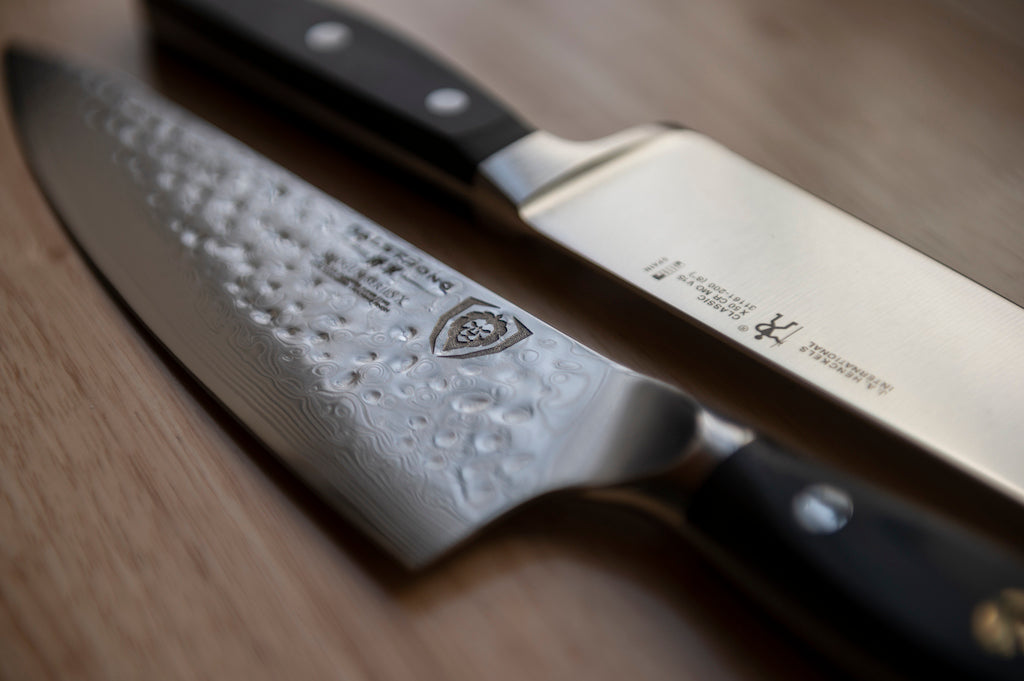
Zwilling and JA Henckels are two different knife brands from the same company, but they offer different kinds of knives such as the popular chef knife. Sometimes people use both names interchangeably; it can be confusing.
While Zwilling knives are forged, premium blades; Zwilling JA Henckels is more of an entry-level brand, with stamped knives and affordable prices. Zwilling knives are made in Germany (sometimes Japan), while Henckels pro knives may come from different origins like India, China or Spain.
Each brand has its own factories, production logistics, designs, collections. In general terms, Zwilling offers higher quality, while Zwilling JA Henckels pro knives is more of an entry-level brand.
4. Dalstrong Vs. Zwilling: Differences And Similarities

Materials
Even though Dalstrong knives are manufactured in China, the steel they use comes either from Japan, Germany, The United States of America or Sino, depending on the series. This range of options when it comes to the origin of the materials (both in blades and handles) is usually a key differentiator between Dalstrong and its competitors.
Despite the variety; it’s safe to say all Dalstrong’s knives are fabricated with top-quality, high-carbon, high Rockwell steel. This translates into long-lasting sharpness.
The majority of Zwilling’s knives are manufactured with German steel, not a surprise. The stainless steel is X50CrMoV15 with a carbon content of 0.55%, which is not very high.
The softer steel used by Zwilling may not be as sharp and doesn’t hold the edge as long. Although, to be fair, durability is a feature commonly advertised for softer steel.
Attitude
This category is a bit more subjective. It’s not the same as comparing hard numbers like the Rockwell scale or blade angle as assessing things like the brand voice and personality.
However, in this particular case when we have to compare an (almost) 300-year company on one side with an 8-year disruptive brand on the other side, some things jump to the eye real quick.
Dalstrong is young in both age and spirit. They are not afraid to ‘take the leap’ if that implies the possibility of bringing something new, and better, to the table. They will go for bold designs, try new things, and make changes along the way if necessary.
Zwilling works with a more traditional approach. Some of their products have stayed practically the same for years. They know what works and try to stay within that safe zone (even though they describe themselves as a “modern kitchen specialist”).
None of these approaches is better than the other, really. They both have their audiences. Some people feel uncomfortable with change. Others crave novelty and evolution.
Appearance
Both brands offer elegant, well-achieved designs.
Most Zwilling knives are sober-looking and more on the Western side of things; with the exception of a few models that may play a bit with the blade pattern or the shape of the handle; I would say they are thought for people looking for a classic look.
Dalstrong, while still maintaining good taste above all, is more playful when it comes to design. And it’s evident they put a great deal of thought and effort into the visual personality of each of the series. You still get more conservative designs in the Gladiator Series, but you have the striking presentation of the Frost Fire Series (just to name one example).
Actually, the Canadian brand takes inspiration from landscapes, architecture, history, movies, art… when it comes to Dalstrong, craftsmanship is a statement.
Variety
In this category, it’s fair to say we have a tie. Both Dalstrong and Zwilling have a good variety of kitchen styles and functionalities. Maybe Zwilling offers more variety in terms of knife handles, for example, but Dalstrong has a lot more diversity when it comes to overall design.
Cost
Variety in prices is also another feature that these two brands share in common. If you browse their websites, you’ll see a wide array of budget options from easily affordable to premium.
However, Zwilling Pro is considered a pricey brand. Especially when you compare similar knives from both, Dalstrong is clearly more affordable. Their cookware brand Staub cast iron has a moderate price point.
This is probably due to the fact that Dalstrong manufacturing facilities are located in “the Capital of Knives and Scissors”, Yangjiang. This allows them to keep production costs low while still working with the best material available.
So if you’re on a budget, but you want to get the best value for the money available to you, Dalstrong might be worth checking out first.
Customer Service
With a customer service team available 24/7, Dalstrong has made sure to be there for their people. They’re always ready to answer questions and help with any inquiry.
Dalstrong products also have a 120-day full money-back guarantee including shipping (an industry record). In the unlikely event of a return; they try to make it as easy as possible.
Zwilling offers customer service from Monday to Friday, 9 am to 5 pm (at least for clients in North America). I read a couple of bad reviews in terms of answering times and consequent actions.
Community
Dalstrong is actively communicative; not only when it comes to describing or directly advertising their products, or just answering the occasional e-mail.
With constant updates on their Facebook page, Twitter profile, Instagram feed and YouTube channel; it’s obvious they care about keeping the conversation going and creating a strong community around them.
Dalstrong also puts effort in creating quality content with true value for the user; instead of insisting on just a one-way message. You will find everything from recipes to chefs’ profiles in their blog.
Zwilling also has a presence on Social Media (although I have to mention, their website link to their US Facebook page was not working at the time of writing this article). I could only find a Twitter profile meant for UK Queries; and I wasn’t able to find a blog with more relatable content (but hey, maybe my search wasn’t thorough enough).
5. Dalstrong Vs. Zwilling: Pros And Cons

Dalstrong
PROS:
- Top quality materials including high-carbon steel from Japan, Germany, America, etc.
- Good variety of products to choose from in terms of design, material and style.
- A great deal of attention to their knives’ and cookware visual presentation and design.
- Wide range of prices available.
- Great customer service.
- 100% satisfaction or money-back guarantee.
- Constantly launching new, innovative knives.
CONS:
- Still a young player in the market.
- Some of the designs (maybe most) are made with more disruptive chefs in mind. Conservative personalities may prefer to stay within their comfort zone.
- Variety can also be overwhelming. You have to decide the type of the knife, the length, the style, and then the series. Although their blog is super helpful to find out which knife you need for specific purposes.
- You can also use their handy knife finder quiz. https://dalstrong.com/pages/knife-finder
Zwilling
PROS:
- Three centuries making knives is certainly a solid background that deserves credit.
- Classic, elegant designs.
- Zwilling knives have a reputation for being durable.
- Mostly use German steel, which some prefer.
- More variety in terms of knife handles than most brands.
CONS:
- Higher production costs increase the prices of their knives.
- They use softer steel, which doesn’t maintain sharpness for long.
- Novelty is not their strong suit.
- If you’re looking for a knife that is a conversation starter; something out of the ordinary, go for a less traditional brand.
6. Conclusion
It’s safe to say that these two brands satisfy the needs of two different markets / groups. It wouldn’t be fair to say one is better than the other because they’re made with different expectations in mind. It all comes down to what you like and what type of cook you are.
They’re both a great bet in terms of quality and variety.
Maybe, if you’re looking for razor-sharp blades right out of the box, and you wouldn’t want to sharpen that often, go for Dalstrong. Same if you’re looking for a less conventional design, something that stands out in the crowd.
But hey, if you’re more old-school and enjoy Zwilling’s classic approach, that’s more than fine too.
7. Frequently Asked Questions 
Is Zwilling a good brand?
Zwilling works with high-quality materials and it has been a reputed knife brand for many years.
Is Dalstrong a good brand?
Dalstrong works hard to make premium quality knives accessible to everyone. They have made a name for themselves in a short amount of time.
Is Staub the same brand as Zwilling?
Staub is a brand inside the Zwilling group. Staub specializes in cast iron cookware.
What is Dalstrong's best knife set?
It depends on what you're using them for and your budget. Our 18-piece set has something for both professional chefs and home chefs.
Is Zwilling aluminum cookware oven safe?
An aluminum pan is usually considered safe for cooking in the oven; but you should carefully read the instructions and recommendations first.
Zwillings knives are made in Germany or China?
Zwilling knives are made in Germany. A few collections are made in Japan.
Is Dalstrong better than Wüsthof?
Both of these companies offer fantastic options and represent the best of the best when it comes to high-end kitchen knives.
Is Dalstrong NSF certified?
Yes, Dalstrong is NSF certified.
Discover Dalstrong Knives Today
Written by Eva ContrerasFood & travel writer based in Buenos Aires. Superpowers include



